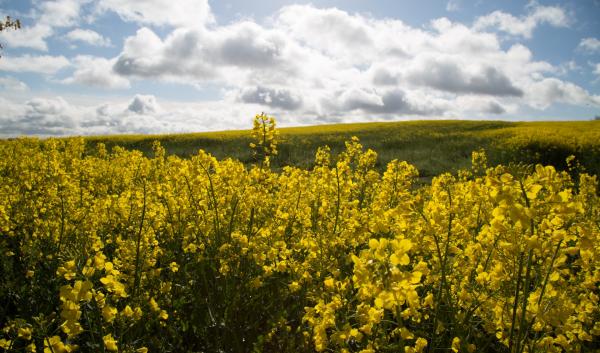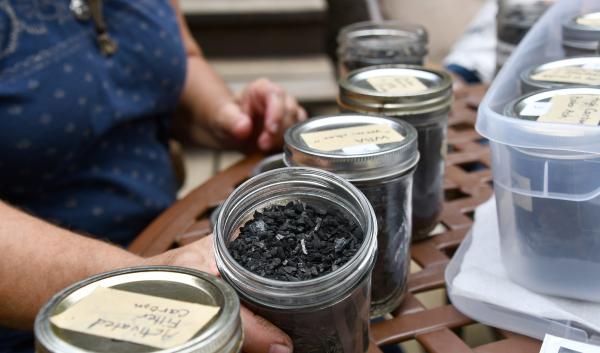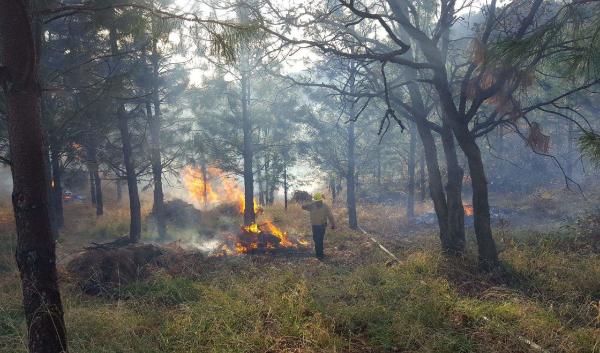Food and agricultural waste
One option for agricultural biofuels is food waste. According to the Food and Drug Administration (FDA), the U.S. throws away between 30 and 40 percent of all food grown. Although Oregon, Washington, and Idaho are relatively good at preventing food waste and repurposing wasted food compared to other U.S. states, uneaten food still creates greenhouse gas emissions.
These emissions come from farming and producing food, and from gases emitted when uneaten food decomposes. Using food waste for biofuel provides an opportunity to recover energy from unused resources that are contributing to greenhouse gas emissions. To prevent this unused food from being wasted, some dairy farmers in Oregon, Washington, and Idaho have started using anaerobic digesters to create energy from food waste and manure. These digesters can often accept several waste streams, such as a digester in Washington that takes waste from dairy farms along with some expired beer, soda, and waste trap grease, preventing the food waste from entering landfills and runoff from dairies adversely affecting local waterways. There are even some dairy farmers in the U.S. who have started programs that collect uneaten food from grocery stores and add it to their digesters, taking advantage of the large quantities of food grocery stores throw away every year. Additionally, scientists at the Pacific Northwest National Laboratory are looking into other ways to transform food waste into biofuels.
Poplar trees
Another option for a biofuel source in the Northwest is growing poplar trees. Poplar trees can be grown on marginal agricultural land, used to improve water quality, and cleanup chemically polluted sites. Poplar trees grow quickly and can be ready for harvest 2-3 years after planting. If they are grown on land that cannot be used by agriculture or land that cannot be restored to natural habitats, poplar trees create an opportunity to have a biofuel source that may be carbon neutral. If these trees are grown to treat wastewater or clean up pollution, they have the added benefit of reducing previous environmental damage while also providing a reusable fuel source. Scientists are still working to find more efficient ways to produce fuel from poplar trees, and studies show that they have the potential to be a sustainable and environmentally responsible biofuel source.
Classification of biofuels
As the science around how to harvest energy from plants has changed and expanded, biofuel sources have been classified into different classifications. Knowing what classification, a biofuel belongs to can provide general knowledge of how it is processed and grown. Biofuels are classified into four categories:
- Some biofuel sources are derived from crops that are often used as food and are high in sugar or fat. For the Northwest, oilseed crops such as canola and sunflowers are used for biofuels. Canola is the largest fuel source, and in 2021, Washington harvested 131,000 acres. In 2020, Oregon produced 7,200 acres and Idaho produced 22,300 acres.
- A second category of biofuel sources are from products that have already been used for their primary purpose or are non-edible, such as crop waste (e.g., hazelnut shells), food waste (e.g., used vegetable oil) or non-edible crops (e.g., poplar trees). Alaska produces over 250,000 gallons of biodiesel annually from using recycled cooking oil gathered from local restaurants.
- A third category of biofuel sources are grown on non-arable land and usually refer to kelp or algae. Currently, scientists are investigating how to make these sources of biofuel efficient and cost effective. This type of biofuel would have less of an impact on food production and could have important environmental co-benefits, such as using algae to treat wastewater and then using those algae to make fuel.
- The most recently developed category of biofuels come from bio-engineered algae that can continually produce biofuels without being destroyed in the process. For example, photosynthetic algae can produce oils, which can then be processed into biofuels.
Additional Resources
-
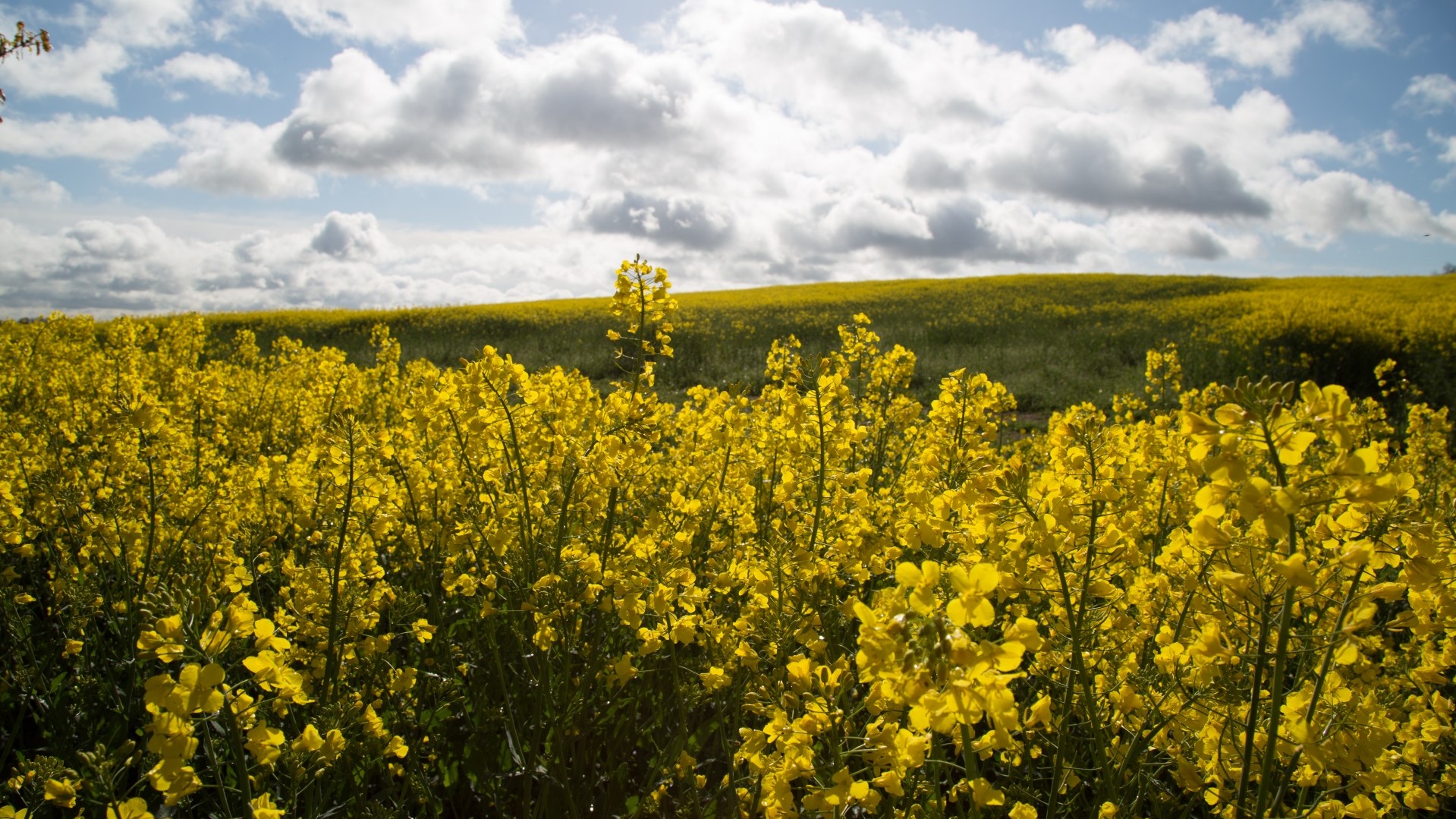
Biomass energy, or energy made from plant and animal products, is a source of renewable energy.
-
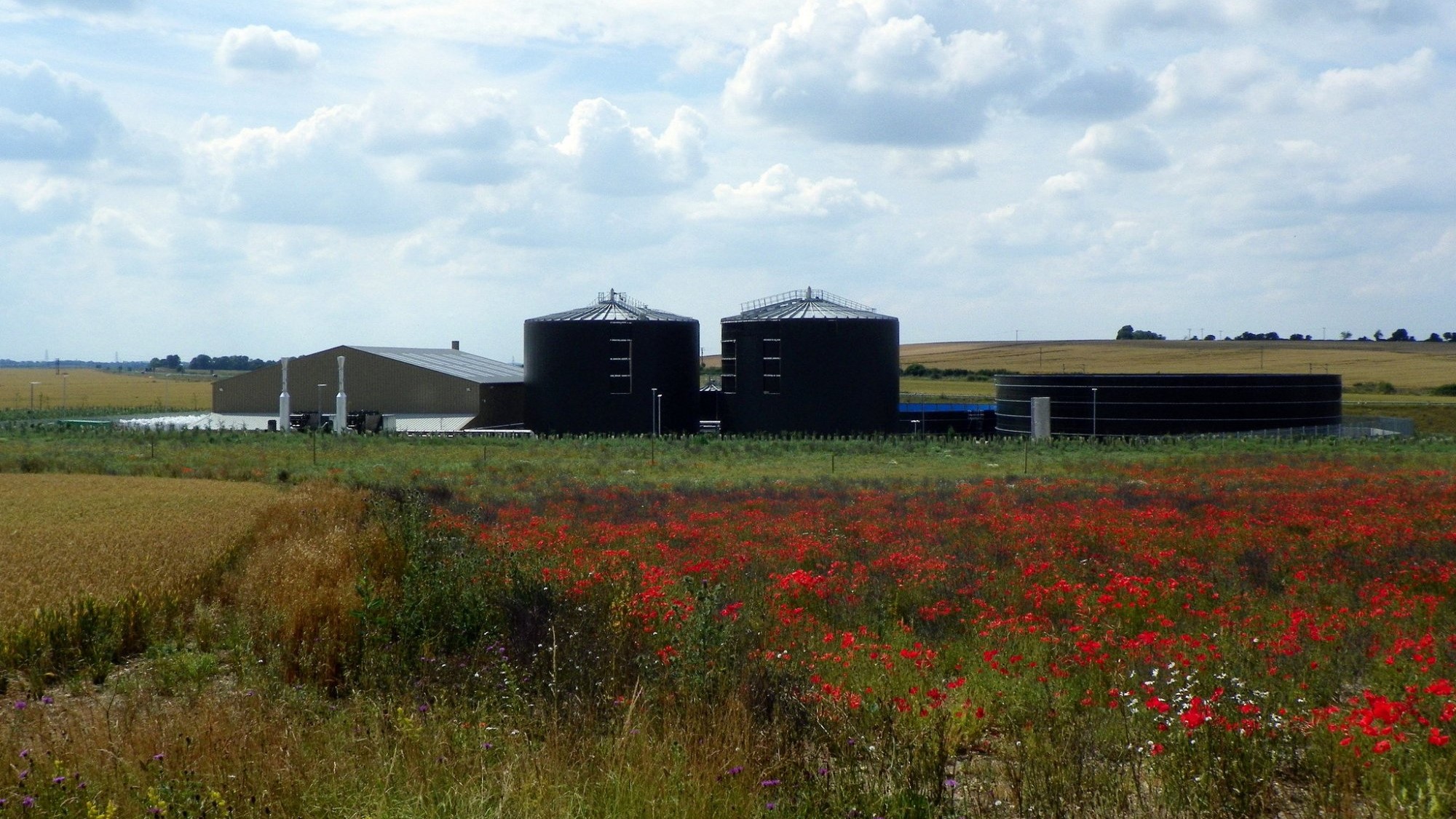
A description of the various processes to make biofuel and the type of fuel each process makes.
-
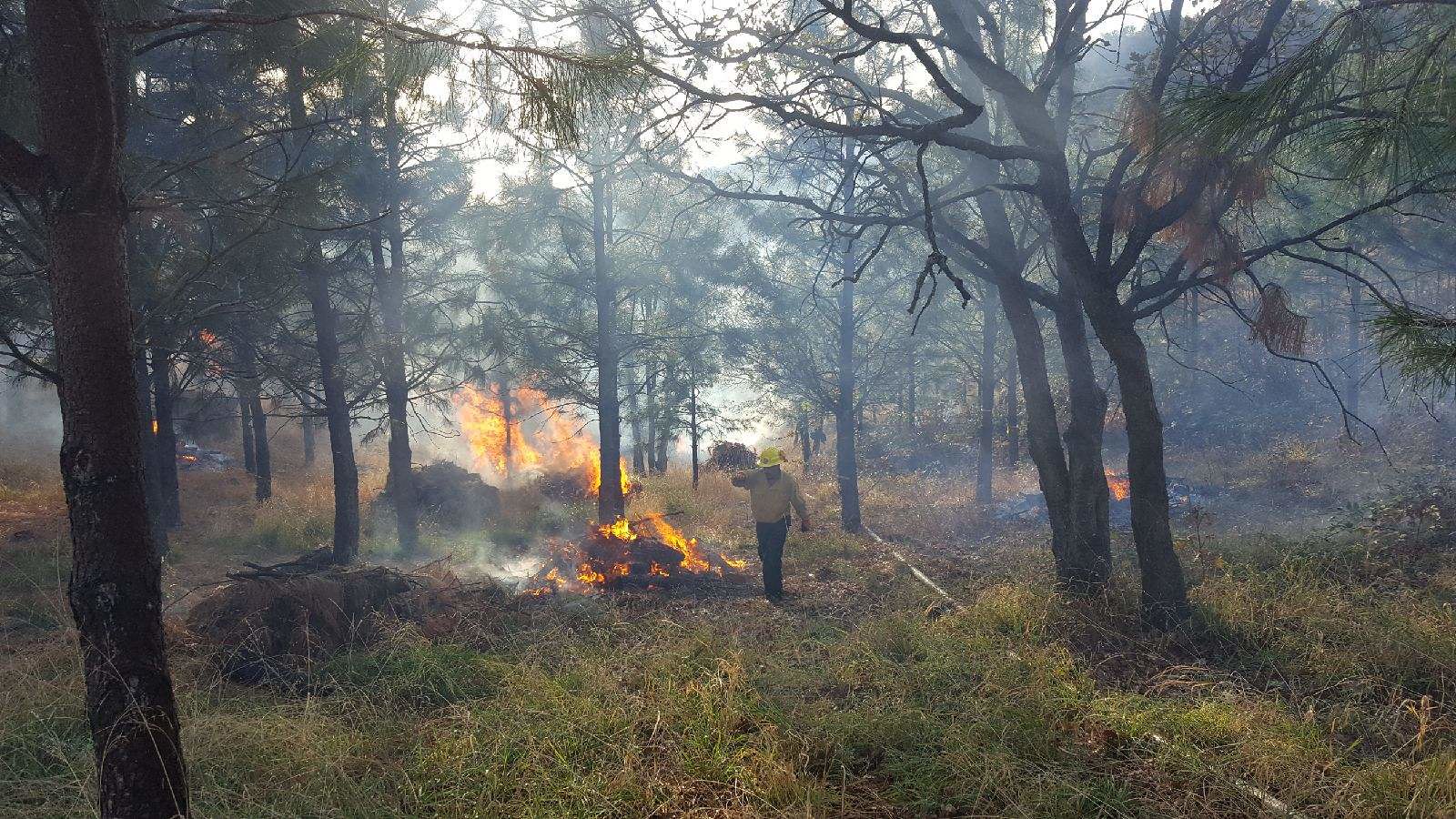
Leftover wood from harvest and fuel treatments can be a sustainable source of energy in the Northwest.
-
Biomass Energy in the Northwest
Biomass energy, or energy made from plant and animal products, is a source of renewable energy. It reduces our reliance on fossil fuels (mainly oil, gas, and…
-
Biochar
Biochar is a stable solid, rich in carbon that is made when organic waste material or biomass is partially combusted in the presence of limited oxygen.
-
Using Woody Biomass for Fuel and Energy in the Northwest
Leftover wood from harvest and fuel treatments can be a sustainable source of energy in the Northwest.


